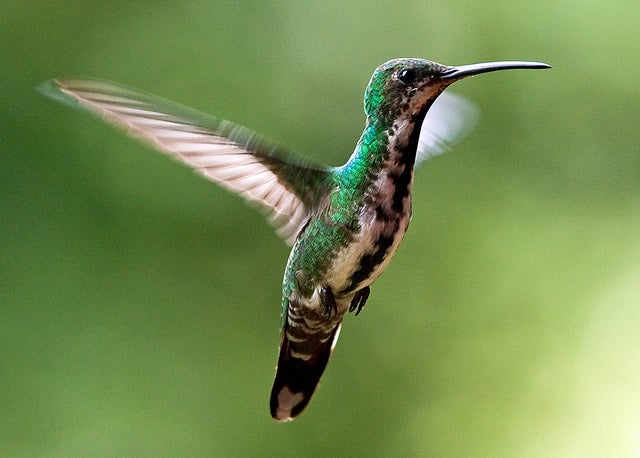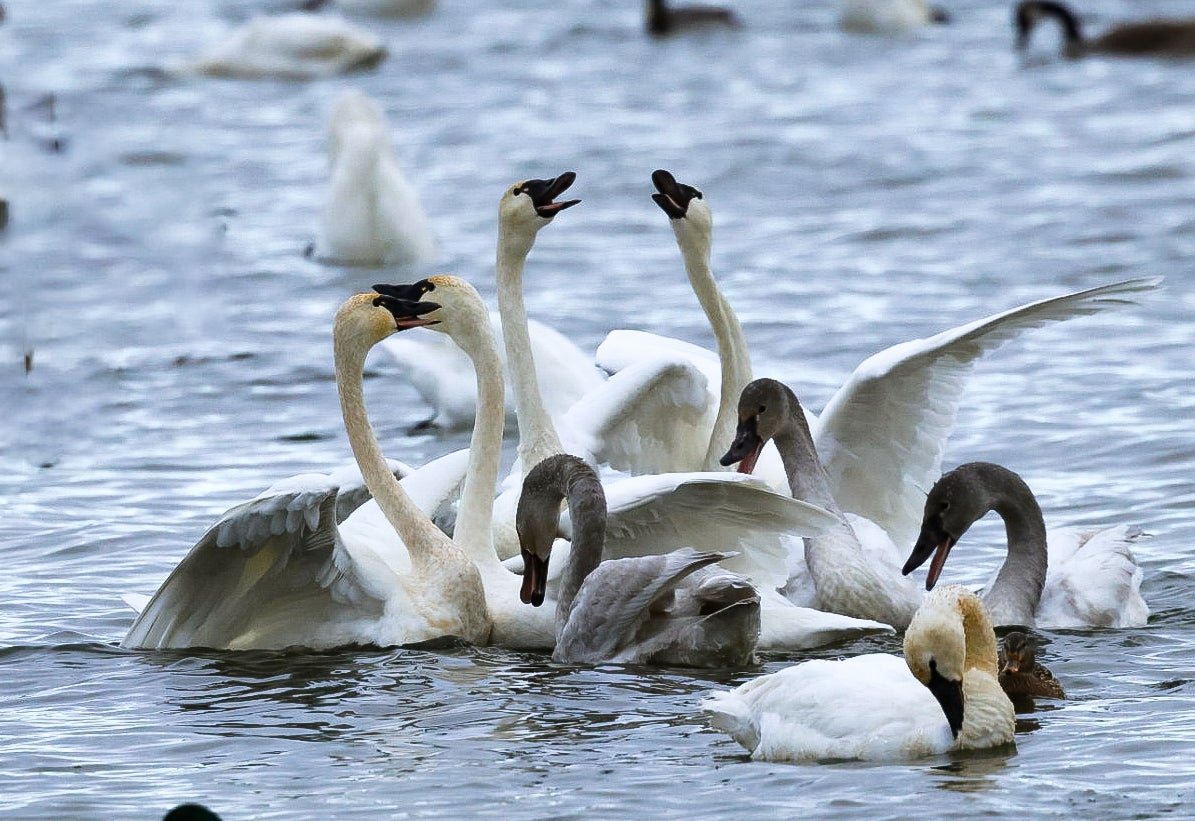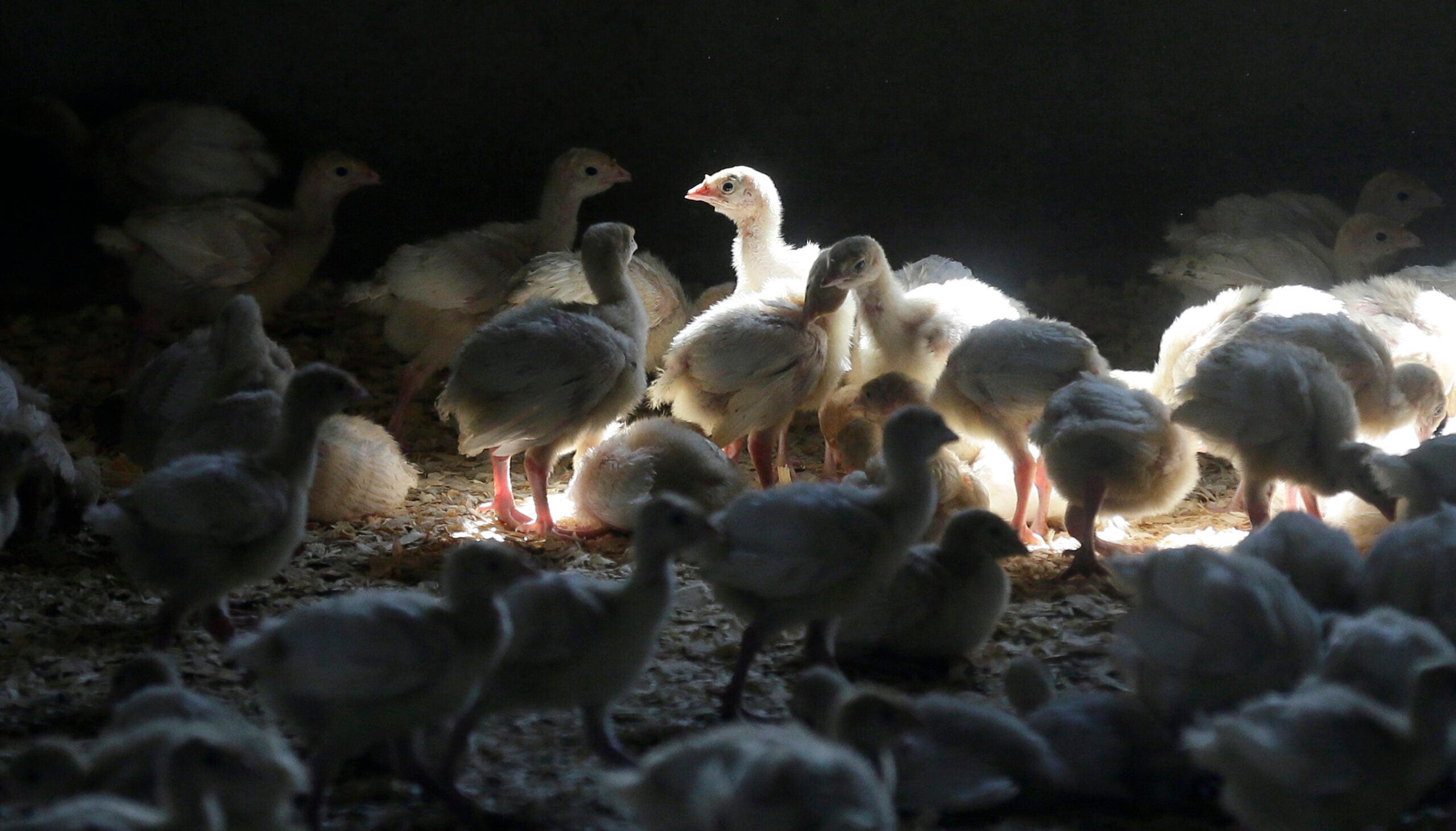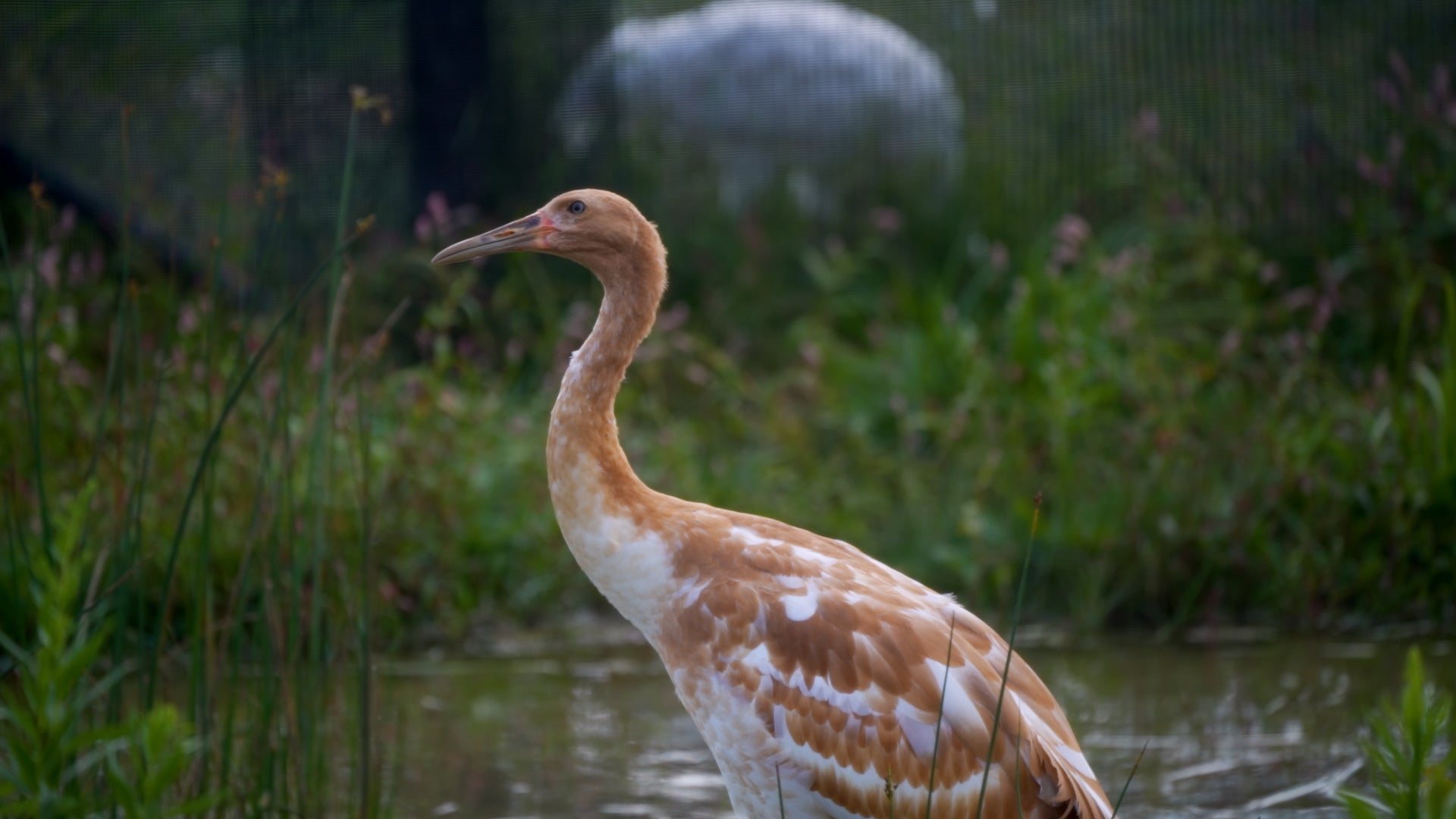Bird migrations generally follow expected courses. Larry Meiller finds out what birds have been spotted well off-course in North America. [Originally broadcast on October 13, 2014.]
Featured in this Show
-
Migrating Birds End Up Off-Course For Many Reasons, Expert Says
While spotting birds that regularly inhabit or frequent an area can be a joy for birdwatchers, sometimes the most exciting events are those when birds are seen in places they don’t belong.
Birds that end up off course — often during migration — are called vagrants. There are a range of reasons why they end up where they do, said Will Russell, co-founder and managing director of WINGS, an international bird tour company. He said those reasons are “imperfectly understood.”
Adult birds have a very sophisticated mechanism for plotting their migration from one point to another and for getting back on course if they are displaced because of weather. Russell said that first-year birds don’t have that capability. Those young birds, he said, “know basically which direction they want to go.”
“But, if they’re pushed way off course, they may continue on that line, not knowing that they are hundreds or even thousands of miles off from the point that they wish to get to,” said Russell.
Another way that some birds end up far off course is when they find themselves flying into a very strong headwind over open water. Russell said that the threshold for this response isn’t known, but it does happen that after fighting to fly in their intended direction, some birds simply give up and fly or coast downwind.
“This is probably a good strategy … if the alternative is burning up all of your fuel without getting anywhere and there’s a big ocean underneath you,” he said.
He said that these conditions can account for birds arriving in a location from which they should have left months earlier.
Russell said that recent research has shown that birds can get blown much farther off course than previously thought. He said that some birds have been shown to be blown across the entire southwest portion of England.
“We’re coming to learn that birds, these tiny little packages, can go much, much further than we ever thought they could,” Russell said. “It’s astounding aeronautical efficiency.”
Russell said that most reports of vagrants are from birders, who often report them to state committees or agencies. Those reports are then compiled, and he said that many of them are published in the journal North American Birds, a publication of the American Birding Association that Russell said was the main sources of a book that he co-authored, “Rare Birds of North America.”
Russell added that the online eBird site is also very useful both for reporting sightings and for reviewing reports that have been made in a particular area.
Ironically, a commonly used birding practice may be responsible for reducing the number of vagrant birds that get reported. Often, birders will narrow down their focus and look for species that are common to an area. A similar bird that is well out of its normal range may incorrectly be identified as a more-expected species by inexperienced birders employing the strategy.
“Most likely, people look at rare birds and don’t recognize them as being rare,” Russell said. “It’s only a relatively small band of people with a passion for this sort of thing that acquire the skills necessary to detect rare birds with micro-second views.”
Episode Credits
- Larry Meiller Host
- Judith Siers-Poisson Producer
- Will Russell Guest
Wisconsin Public Radio, © Copyright 2025, Board of Regents of the University of Wisconsin System and Wisconsin Educational Communications Board.





